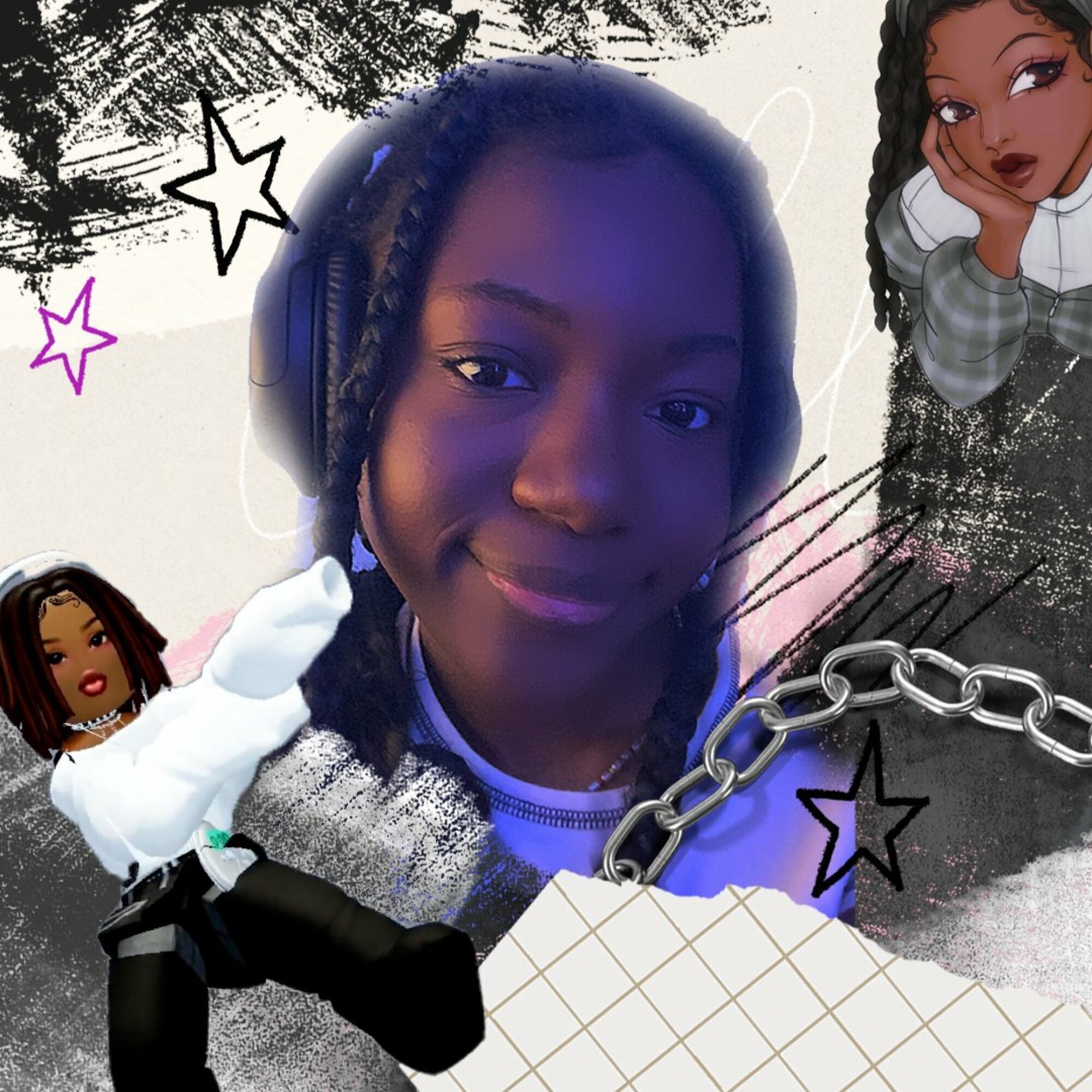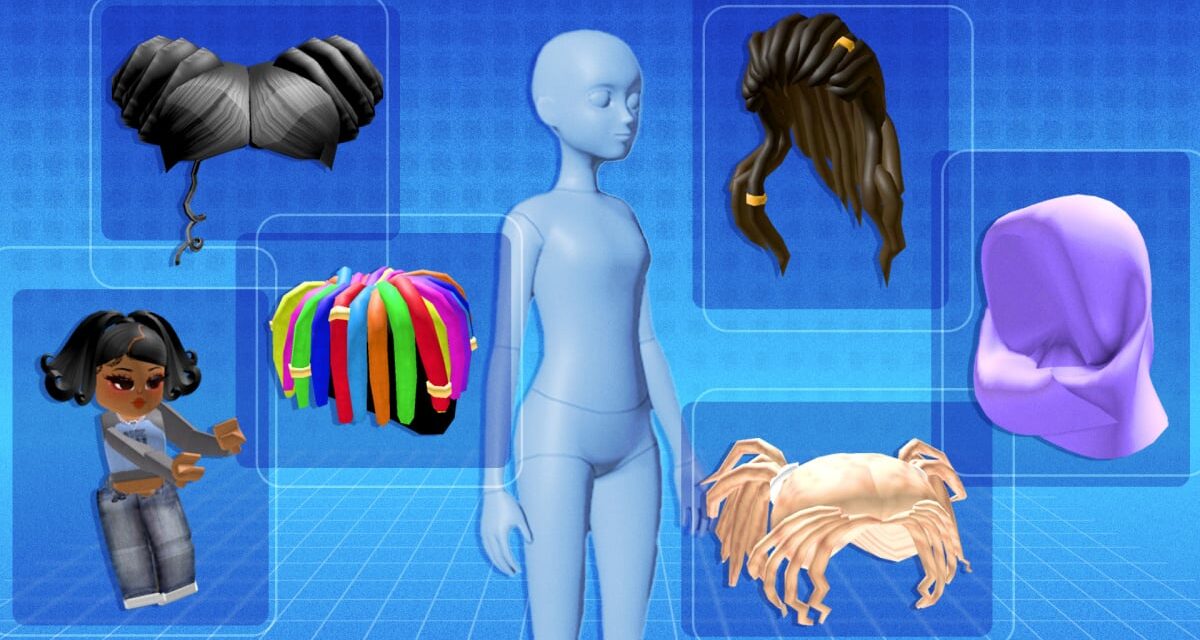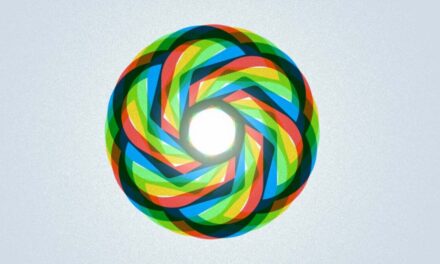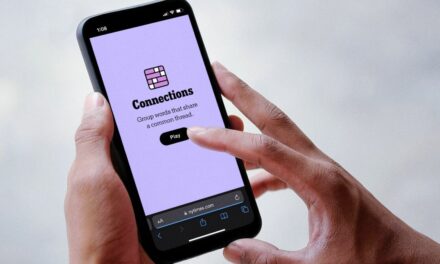Since the dawn of the web, users have gone online to escape. They’ve flooded forums to build community when the outside world was lacking, and they’ve delved into fantasy worlds, fanfiction, and original characters to explore the limits of personal identity.
In the ’00s, online accounts, from the blinged-out Myspace pages to fantasy RPG profiles, were exaggerations of real-life personalities or total aliases, intended to obscure reality in favor of something completely different than who they are IRL.
But in çağdaş times, the web is fiending for authenticity — even if it’s hard to distinguish. Anonymity is less popular; users are building avatars that more accurately represent themselves in the real world; and platforms are catering to the demands of young users who view online spaces as mirrors for their everyday lives, as the web becomes less fantasy and more reality. Among those are the 71.5 million daily active users on Roblox.
Making Roblox players into Roblox designers
According to the platform’s 2023 Digital Expression, Fashion, and Beauty Trends report, more than half of Roblox’s Gen Z (17-24 years old) users believe customizing their online avatars is more important than styling themselves in the real world. Around 70 percent of users polled stressed the importance of having a diverse range of skin tones, body sizes, hair colors, textures, and styles, while the year racked up more than 165 billion avatar updates among users.
“These findings echo what we see on our platform: self-expression through digital identity and fashion is an essential part of people’s experience,” Roblox wrote. “And 40 percent of Gen Z feel it’s easier to present their authentic selves in the metaverse than in the physical world.”
Despite growing alarm from parents and children’s advocates about the safety of the platform, Roblox continues to dominate as a favored digital space for people of all ages. It’s not just a gaming platform for young kids, but a quickly growing metaverse marketplace and incubator for young digital designers and engineers.
“40 percent of Gen Z feel it’s easier to present their authentic selves in the metaverse than in the physical world.”
Jasmine (@Jazzyx3) and Lona (@Lirn) are some of Roblox’s most popular, self-taught designers, and they represent a facet of the user base that began as regular, kid players but have now transitioned Roblox into an adult career. They’re also leading the charge as Black designers building User-Generated Content (or UGC) for other users of color, most specifically in a variety of diverse, multicultural hairstyles and accessories. Some of their most popular creations include Jasmine’s “Long Dreads” and “Light Brown Parted Afro,” and Lona’s “Bantu Knots,” “Locs Pigtails,” and ” Headscarfs” designs.
Çağıl gamers and designers are adding to a complicated history of Black hairstyles in games, as well as other advocates for diversity options like skin color and body type. Many online still don’t understand the call for representative gaming, a sentiment on full display when Lona took over Roblox’s Twitter account to explain her work on natural hair styles.
“The way I see it, creation should be representative,” Lona özgü said of her work. “I set out to create authentic Black hairstyles for avatars. It’s a technical and complex design, but I knew I could do it with passion and flair.”
The 23-year-old designer started as a developer in 2020, but had been playing since she was 10. Lona and her brother would create custom illustrations for niche Roblox communities, known as groups, in order to earn in-game currency known as Robux. This built foundation skills that would set her up for an easy transition into UGC design using platforms like Blender, the free, open source 3D graphics software. In those early days, Lona would convert hairstyles from other games or mimic the styles of celebrities for what were essentially Roblox cosplayers, or those performing in virtual concerts.

Lona’s multicultural hairstyles offer users a more authentic gaming experience.
Credit: Roblox/ @Lirn
Jasmine, who’s also in her 20s, similarly started using Roblox young, joining the site as a player almost 15 years ago. She tells Mashable she’s always been a creative, whether making art offline or on, and loved diving into other people’s creations. Like others on the platform, she started off making 2D and 3D clothing for Roblox clans or roleplay groups, and later designed character’s hair to reflect her real-world styles.
Forgoing her plans to be a nurse, the designer now does Roblox full time — and not just professionally. Jasmine was friends with Roblox interns, lives with fellow Roblox designers, spends most of her free time on the platform, and even met her fiancé through Roblox. She still works and plays with many of her original Roblox friends, which she equates to observing the evolution of your high school graduating class.
“It’s a unique position to be in,” she said. “That’s my every day, real life and online vocabulary. It feels like there’s no off switch. But I love it.”
Both Jasmine and Lona are now part of the UGC catalog program, which enables creators to build and profit from assets like game models, avatar options, and audio that aren’t created by Roblox or its administrators. These assets are then available for download or purchase (using Robux) on Roblox’s marketplace, or catalog, which debuted in 2019.
“Back then, it was complex because we were limited to keeping it under a certain poly count limit so the game wouldn’t slow down,” she said. “I would use Blender, I already had experience with it, and Photoshop to create the textures, and then use Roblox Studio to import.” Roblox Studio, now housed in the platform’s Creator Hub, is the site’s creative game engine, which lets players build and kontrol their own worlds, games, and more, she explains. Jasmine began once Roblox introduced the ability to upload a user’s own 3D models.
Now, Roblox özgü enabled more UGC creators — many of whom might not easily access the support and resources needed to have game design careers — to create assets for themselves and others, usually through an online network of communities and requests. “I uploaded the headscarf one,” Lona recalled to Mashable, “and I was getting tons of Twitter DMs asking me to make something from their culture.” Lona received a similar response to her pigtail locs design, the first natural hairstyle she created for the platform.
Creators like Jasmine and Lona commune off Roblox too, in Discords specifically for Black UGC creators, which share job opportunities and technical and personal support. They get inspiration from other online places, like Pinterest and Twitter, as well as media like their favorite TV shows.
Lona thinks Roblox UGC skills should be taught to as many young people as possible, maybe even in schools, because it’s enabled her to find a space in a predominantly male, predominantly white industry. Jasmine, whose work crosses over with many real-life brands, called for more opportunities for creators to work directly with companies on the platform and build professional connections.
Turning Roblox communities into careers
In a 2023 interview with Mashable’s Elizabeth De Luna, model, investor, and Roblox fan Karlie Kloss spoke of the platform’s potential to inspire, support, and build career opportunities for young women as it merged tech and fashion. “A fashion publication used to play that curation role, and I think still does, but the next generation is going other places for that influence, that taste-making,” she told Mashable. “What we’re really hoping to do is kind of act as a curated space that can both elevate and invest the design talent on the platform.”
Kloss built her own UGC world, Klosette, in 2022, enabling users to design and wear their own clothes while working through a Sims-like promotion toward fashion editor-in-chief. Socialite Paris Hilton made a similar move last year, launching her “Slivingland” complete with limited edition digital fashion items.
But regular users still make up the majority of UGC customization and sales, with some turning the process into multi-million dollar businesses. In Sept. 2023, Roblox announced it was expanding its creator offerings to facilitate this further, opening up the marketplace to non-UGC creators and introducing new creator subscriptions. Roblox also launched several AI helpers, like Code Assist, an AI-powered scripting resource for coders, and Assistant, available to creators and brands that can answer questions about building, growing, and monetizing Roblox creations, the site explains.
There’s a huge, real-dollar market for digital designs, especially ones that enable more specific personalization. In addition to requests for more diverse styles and customization options, the 2023 Roblox report outlines a brand-driven feedback loop in which users express demand for real design-inspired UGC, and then seek to purchase those items to wear in the real world, a practice Roblox calls “twinning.” Brands, then, will need to work with and for the designers who have already pioneered the market.
Jasmine and Lona have both been selected to create Roblox designs for big brands, like Forever 21 and Gucci, as well as collaborations with celebrities, like Swedish House Mafia. Jasmine’s simple Forever 21 beanie was a massive success, prompting the box brand to launch a real-world version of the winter hat. “That was my first ever brand deal I ever got involved in. I didn’t think the beanie would become such a big statement,” said Jasmine. “I think with the online space of accessories, and the brands coming on [Roblox], it’s almost like a kontrol run of what would work in this reality.”
And Roblox users continue to make calls for a wider range of accessories and custom designs. “I think the demand comes from the previous lack. The rarity of it,” Lona explained. “Playing as a girl, I only wore one hairstyle.”
While users take representative customization into their own hands, platforms follow in their wake. Roblox is driving itself into the creator economy with force, with the demands of Black and multicultural designers becoming more technical alongside the platform’s evolution.
“If it wasn’t for the community, you wouldn’t see so much progress,” said Lona. “It özgü shifted. The only limit, something that would actually benefit us as Black hair creators, would be… transparency. That hasn’t been added into the catalog yet.”





